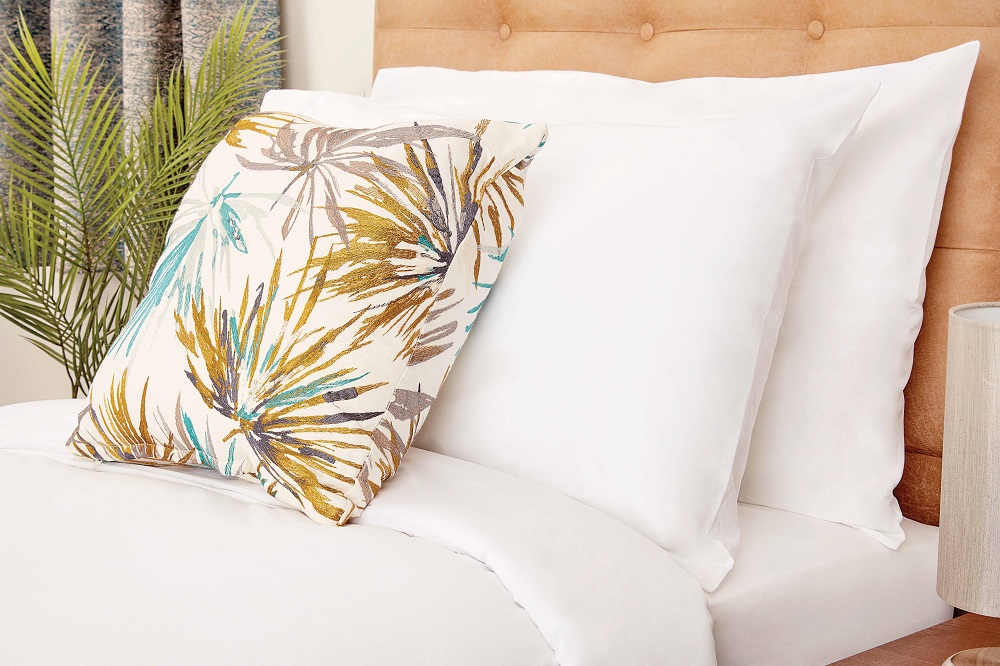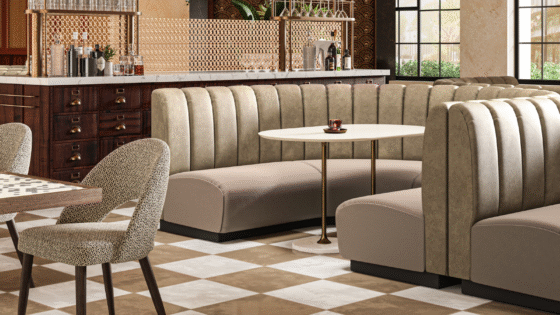While Hotel Designs is shining the spotlight on fabrics, Hotel Designs has identified interesting trends and innovate materials on the market…
There are many factors that determine the trends and movements of which fabrics designers use within products. Sustainability, durability and feel to the touch are all among them. With this in mind, the editorial desk have found the fabrics that should and are being specified in design hotels around the world.
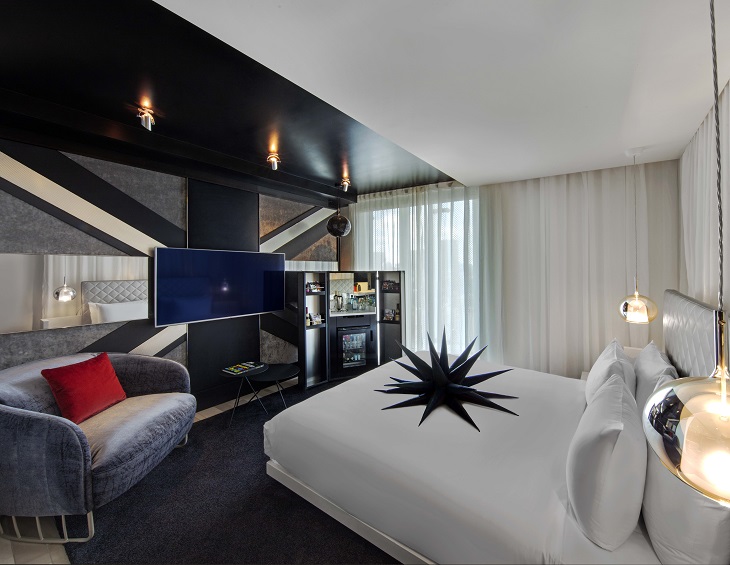
Innovative and instagrammable material
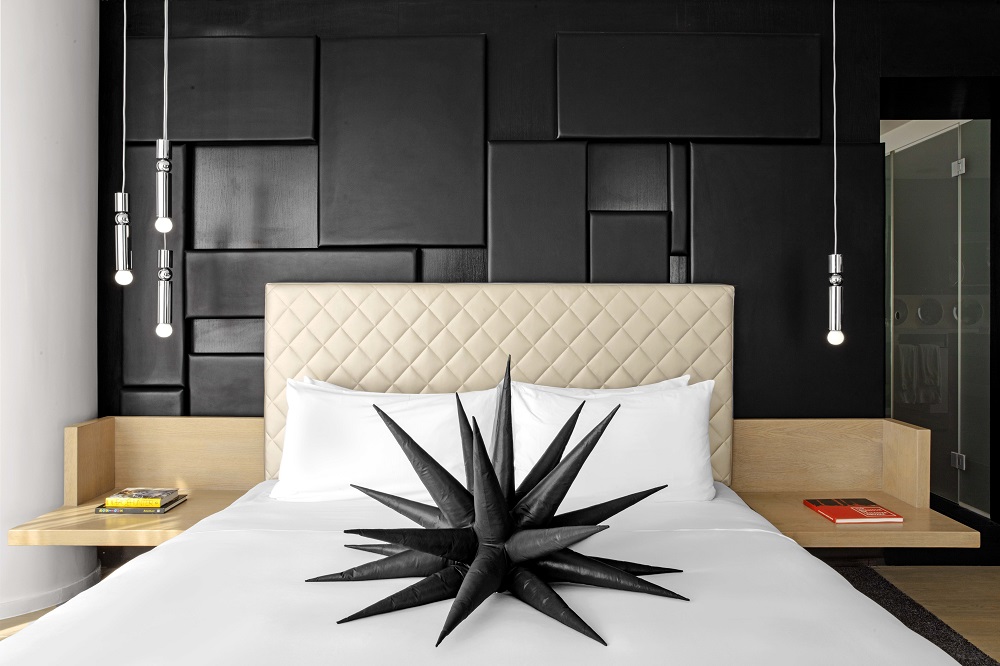
Image credit: W London
Earlier this month, W London unveiled the result of its fashion-forward collaboration with designer to the stars Jack Irving. Completing his first ever interior project, Irving was asked to design a statement product for each room and suite. The designer’s urchant-shaped bed cushions are dynamic, quirky and very W! But what’s arguably more impressive than the shape is the material. “We call it Rainbow material,” says Irving. “That’s because of its ability to change colour. When you take a photo with the flash on, the cushion turns from a black to a multicoloured it glow, which the hotel loved.”
Sustainability

Image credit: Kvadrat
The Denmark-based textile manufacturer Kvadrat has a strong sustainability policy. By launching the sustainable company Really, the company were able to upcycle waste wool and cotton to create different materials, which includes acoustic felts. “We strive to develop sustainable products of high quality – products that add value to public and private spaces.,” said the company which has worked in collaboration with the likes of Anton Alvarez, Ronan & Erwan Bouroullec and Patricia Urquiola, among others.
- Image credit: Mitre Linen
- Image credit: Mitre Linen
Another company that is leading the way on the sustainability path on the international hotel design scene is Mitre Linen. The company’s eco range, made from 100 per cent organic cotton and with a 200 thread count, is a classic, crisp white range that feels beautiful and soft to the touch. The cotton also conforms to the Global Organic Textile Standard (GOTS) certificate which means it is guaranteed to be free from potential skin irritants.
Time travelling to the ’50s
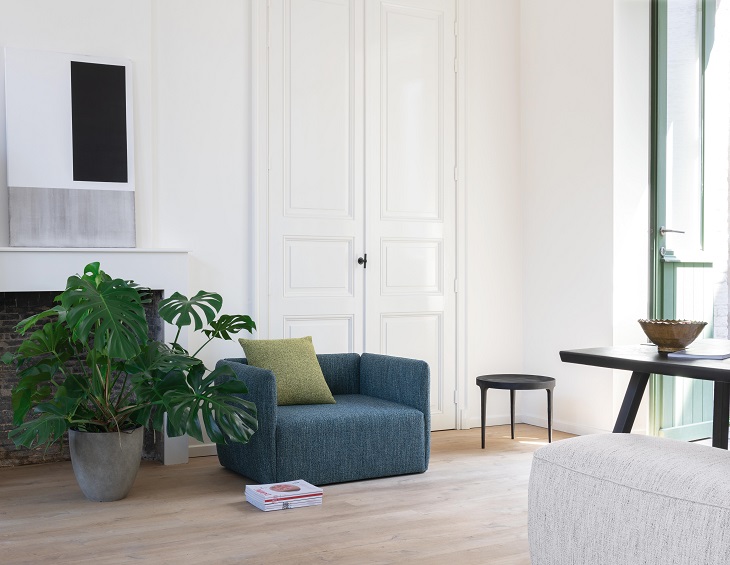
Image credit: Sekers
Incorporating a multi-colour looped yarn, Kielder by Sekers captures the essence of the heavy bouclé fabrics typical of the 1950’s but with a modern performance. Supplied with a crib five flame retardant backing and with a Martindale abrasion performance of 100,000 rubs, Kielder meets all relevant UK, US and IMO standards for upholstery. This textural semi plain is perfect for the most demanding upholstery application and the ideal choice for the commercial hospitality, leisure and marine markets.
Faux leathers
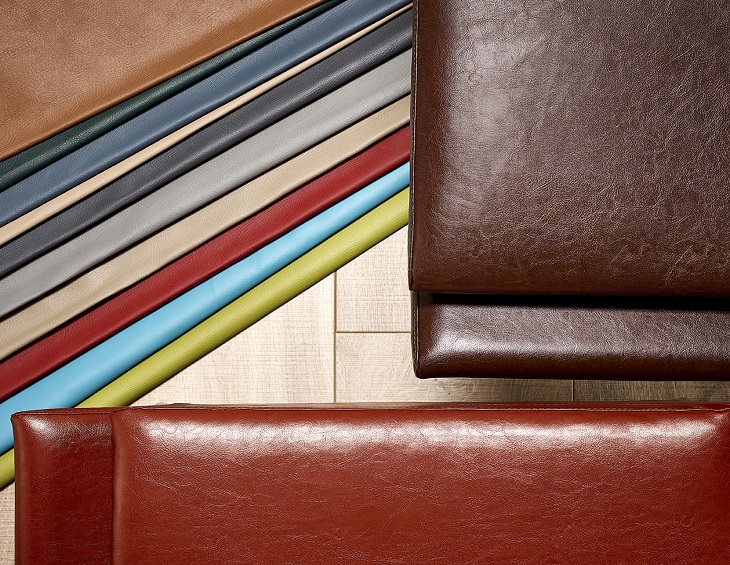
Fabric specialist Skopos has recently unveiled three new crib five faux leather products.
Kiri offers an antiqued / aged effect, in a range of leather-look colours. Its design mimics the sophisticated feel of leather and is well suited to hospitality and leisure interiors.
Haiko comes in an array of colours meaning it can be suited and matched to a variety of contract interiors. This finish presents a plentiful palette, pushing designers to work with both colours and naturals in their contract schemes.
Tama is both bold and confident. The emboss on Tama vinyl is subtle, light and understated, pushing the boundaries of colour to include vibrant shades in addition to neutrals, thus potentially appealing to a younger audience.
Fabric in lighting
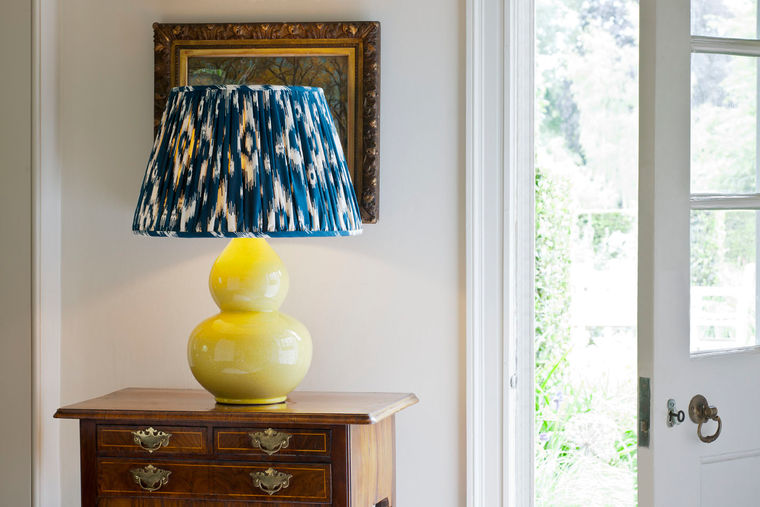
In an industry that is used to collaborations and convergence, last year Vaughan boldly launched a new range that was inspired by travels around the globe that Lucy Vaughan, the creative director of the brand, has experienced. The result is The Tribal Collection, an array of vibrant lampshades, embroidered cushions and unusual upholstered chairs which aim to celebrate the craftsmanship and culture of fabrics Vaughan and her daughter have sourced. Each unique in their own right, the products within the collection is ideal for boutique hotels looking to create a statement, an editorial story we brought you one week ahead of this launch.
Main image credit: W London

